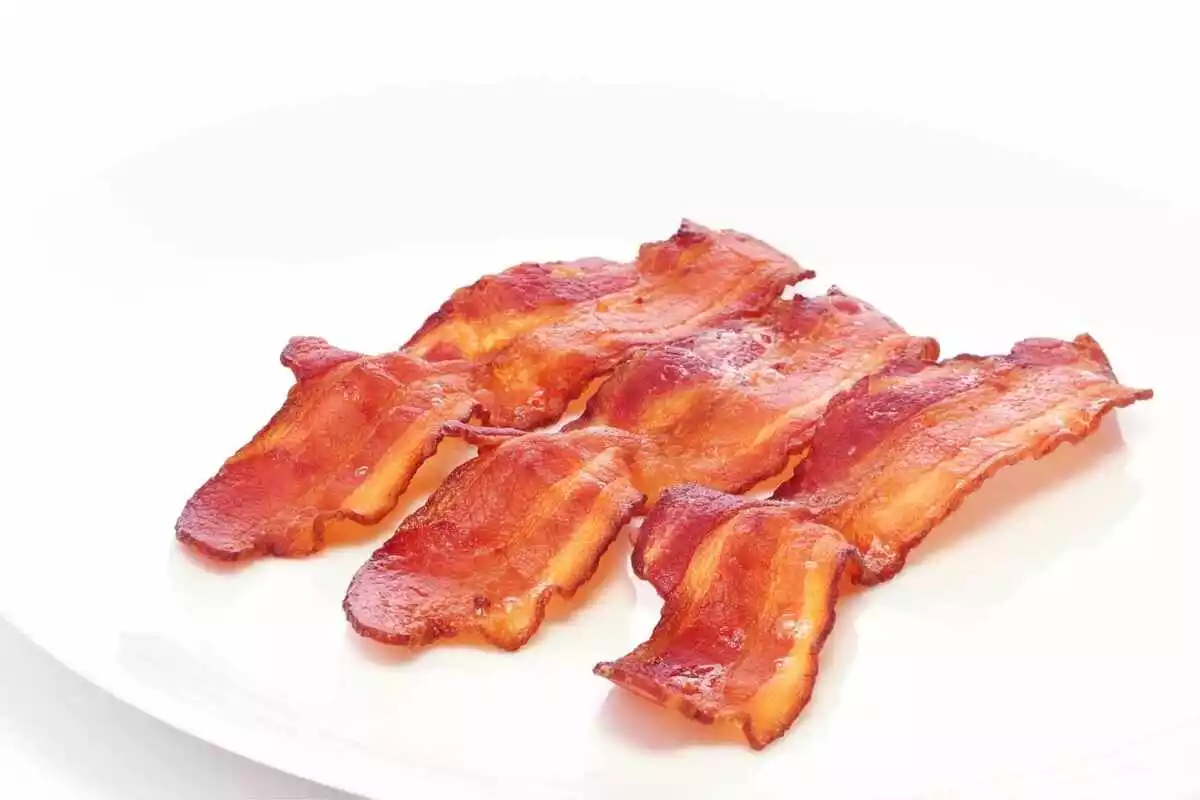It all started decades ago when a global increase in processed food consumption began. This is all because of the paradigm shift in eating habits, the ease of obtaining foods, and the need to prepare them quickly. The consistent appearance of processed foods in the media also encourages this.
However, this kind of diet causes a number of health conditions. In this article, we go over which foods are processed, their properties, and the risks that eating these foods imply for the human body – especially if consumed regularly.
Processed food definition
Processed or ultra-processed foods are not in their natural state and have been modified using industrial processes. This type of process can change the food's state, physical appearance, and even its nutritional composition.
Processed foods have reached unprecedented success in the West and continue to gain popularity in even more countries all over the world since these are products that are ready to be consumed on the spot. The pace of life keeps getting faster all the time and favors commercialization and the consumption of this type of food, although according to experts, these junk foods are not very healthy at all.
These products also owe their popularity to the fact that they contain nutrients and other components that make them addictive.
Their high fat and carbohydrate content, along with the intense flavor, put these foods in high demand.
Properties
Processed foods lose nutritional value since they are subjected to industrial processes that turn them into the final product that is commercialized.
Besides this, they tend to contain an abundance of unhealthy nutrients, few of which are essential, which makes them inadvisable for those trying to stick to a healthy diet.
Processed foods frequently contain substances unrelated to the original food known as 'additives.'
Some of these additives include coloring, preservatives, modifiers, and flavoring - below we define each one of these products.
Coloring
Food coloring is one of the additives that the general public is most aware of. This type of additive tends to be artificial, although some natural coloring agents exist.
Additives are generally used by food companies to make their products unique by adding a specific color to them. In most cases, adding coloring does not contribute any additional nutrients to the food.
Coloring is usually classified using codes that begin with the letter E, and some of these can be very harmful to your health, as is the case with some colorants like E-102, E-104, E-110, and E-120.

Preservatives
Preservatives are additives explicitly used to conserve the physical and nutritional properties of processed foods. Businesses use these to avoid the appearance of microorganisms in their products, as well as to inhibit its deterioration.
Like coloring, preservatives can be detrimental to the health and are registered with the letter E, followed by a code as well. The most harmful preservatives are the following: E-210, E-211 E-212, and E-213.
Modifiers
The modifying processes that some processed foods are subjected to vary. Some examples are raising and then lowering their temperature, or altering the physical form, appearance, and internal properties.
Flavoring
Food flavoring is made up of natural or artificial components that are added to foods to strengthen their flavor and smell or to give them a different aroma and flavor from the natural ingredients.
Health risks
We have discussed the characteristics that put processed foods in high demand. These foods are consumed frequently and are addictive to a high percentage of the world’s population. However, it is worth noting that the risks associated with the regular consumption of industrialized foods are high.
Eating processed or ultra-processed foods regularly imply serious health risks for consumers. Some of these problems include diabetes mellitus, obesity, high cholesterol, a wide variety of cardiovascular problems, arteriosclerosis, oxidation in the body as a whole, premature aging, and even certain types of cancer.
One of the health consequences that stands out the most when it comes to eating this type of food too frequently is the appearance of cancer. In particular, colon and breast cancer have been closely linked to these products, and women seem to be affected more frequently than men.
References
Boseley, S. (2018). Ultra-processed foods may be linked to cancer, says study. The Guardian.
Monteiro, C. A., Moubarac, J. C., Cannon, G. & Popkin, B. (2013). Ultra-processed products are becoming dominant in the global food system. Obesity Review, 14(2): 21–28.
